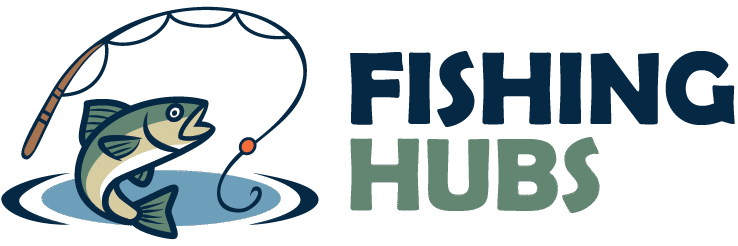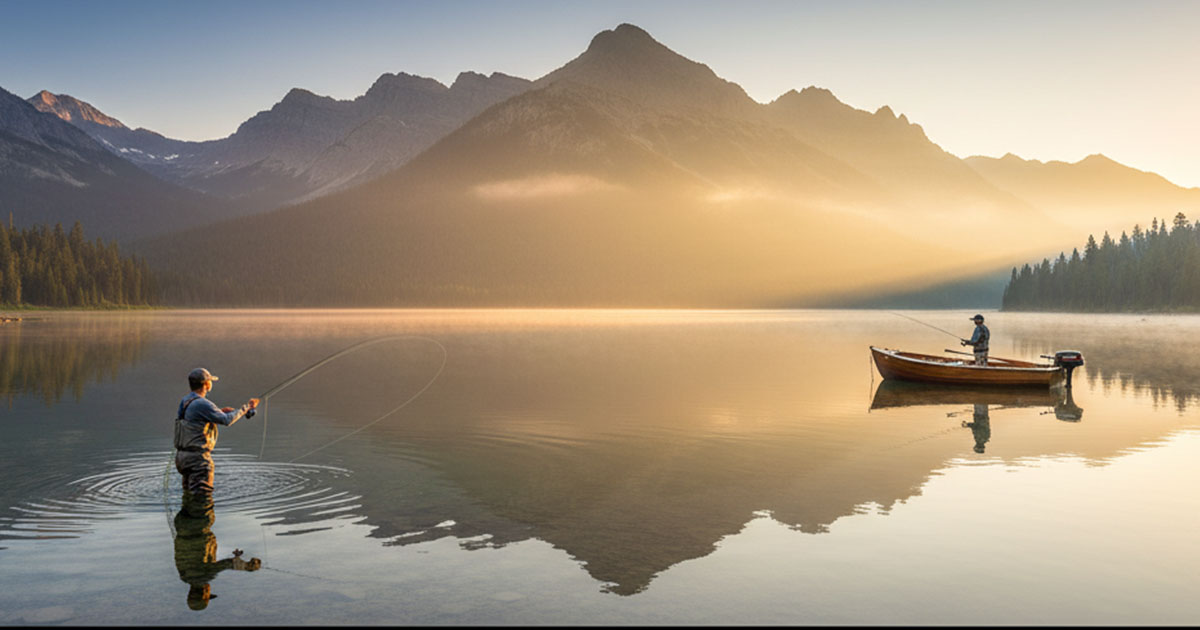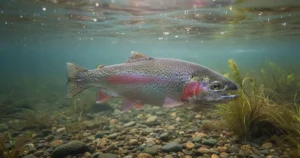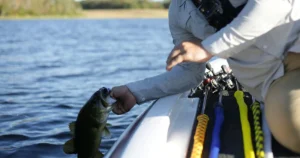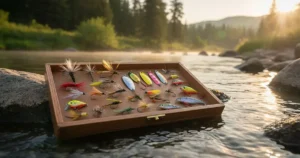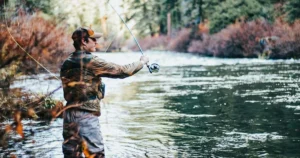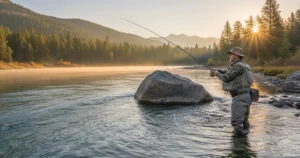How to Catch Trout in Lakes and Ponds
Table of Contents
Trout fishing in still water—lakes, ponds, and reservoirs—presents a different set of challenges and opportunities than fishing in rivers and streams. In a lake, there’s no current to bring food to the fish, so you must find them and convince them to bite. This guide will provide you with the best strategies and gear for targeting and catching trout in still water.
Step 1: Understanding Still Water Trout Behavior
In still water, trout are constantly on the move, searching for food. The key to success is finding them.
- Seasonal Movements: Trout will move to different depths depending on the season.
- Spring & Fall: Trout are often found near the surface and along the shoreline, where the water is cool and food is abundant.
- Summer: They will retreat to deeper, cooler water. A fish finder or depth sounder is a valuable tool for locating the thermocline.
- Winter: They will hold in the deepest, most stable part of the lake, often near the bottom.
- Food Sources: Pay attention to what the trout are eating. They will feed on insects, minnows, leeches, and other small aquatic life.
Step 2: The Right Gear for Still Water
Still water requires different tools than a river. Your fishing rod is your primary tool for casting and detecting bites.
- The Right Rod: A longer spinning rod (6 to 8 feet) with a light to medium-light action is a great choice. The longer length will help you cast farther, which is crucial for covering more water.
- Best Fishing Poles: Look for models from one of the top fishing rod brands like St. Croix, Ugly Stik, or Okuma. The best saltwater fishing rods are often too heavy for this kind of work, so stick with a freshwater spinning rod.
- The Right Reel: A good spinning reel with a smooth drag system is essential.
- The Right Line: Use a light line, like 4 to 6-pound monofilament or fluorocarbon.
Step 3: Effective Still Water Strategies
Once you have your gear, it’s time to put these strategies into action.
Trolling
Trolling is a great way to cover a lot of water and find active fish. You can use a small boat or a kayak to slowly pull a lure or bait through the water.
- How to Troll: Rig a small spinner, spoon, or crankbait behind your boat and move at a slow, steady pace. Experiment with different depths and speeds until you start getting bites.
Still Fishing with Bait
Sometimes, the simplest method is the most effective. Still fishing with bait involves casting out and waiting for the fish to come to you.
- Rigging: The most common setup is to use a small split shot weight, a swivel, and a hook with your chosen bait (PowerBait, worms, or salmon eggs).
- Presentation: You can either suspend your bait under a bobber or fish it directly on the bottom. The bobber is a great way to keep your bait at a consistent depth, while fishing on the bottom is ideal for colder water.
Casting and Retrieving
Casting and retrieving with lures is an active and exciting way to fish. It allows you to imitate a struggling baitfish or insect.
- Technique: Cast a spoon or spinner out and let it sink. Once it’s at the desired depth, start your retrieve. Use a “stop-and-go” retrieve to make your lure look more natural.
“Don’t be afraid to experiment with your retrieval speed and rhythm. Sometimes, a subtle change can be the difference between a frustrating day and a fantastic one.”
Key Takeaways
- Locate trout by understanding their seasonal movements. Use a fish finder to locate them in the summer.
- Use a longer rod for increased casting distance.
- Trolling, still fishing, and casting are all effective still water strategies.
- Vary your retrieval speed to trigger a bite.
FAQ
Q: What are some good brand fishing pole for beginners? A: For a beginner, a good brand to start with is Ugly Stik. Their rods are known for their durability and affordability. The Ugly Stik Elite series is a great best beginner fishing rod option.
Q: Can I use a saltwater rod for trout? A: While you could technically, it’s not recommended. A best saltwater fishing rods is often too heavy and stiff for trout fishing. The lighter, more sensitive action of a freshwater rod is what you need to feel the subtle bites of a trout.
Q: When is the best time to fish for trout in a still water? A: The best time to fish for trout in still water is during the early morning and late evening in the summer, and throughout the day in the spring and fall.
Conclusion
Trout fishing in still water is a rewarding challenge. By understanding trout behavior and employing the right strategies and gear, you can find and catch fish in any lake or pond. Now, it’s time to pack your gear and put your new knowledge to the test.
